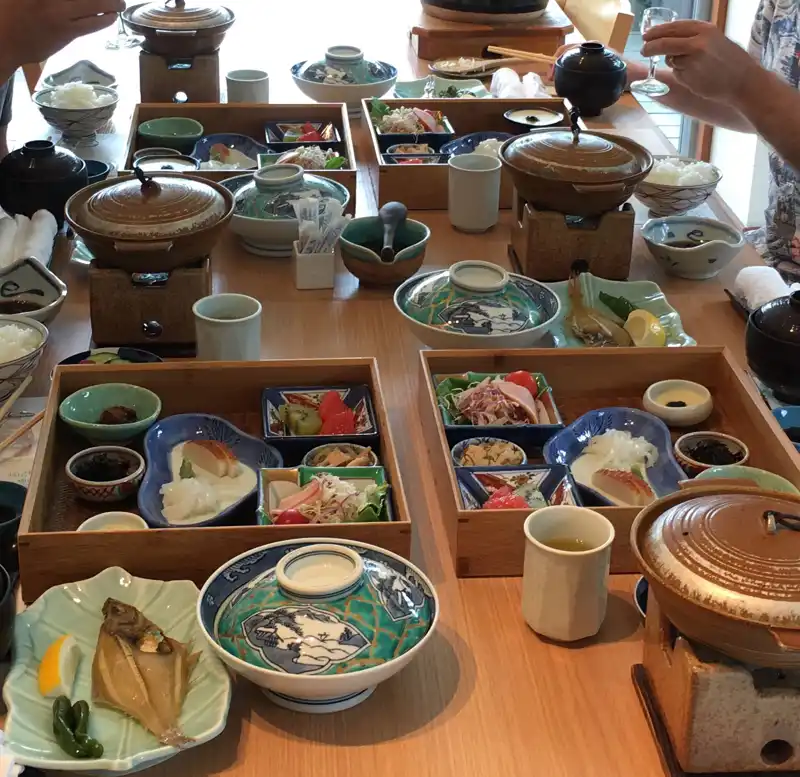Amanohashidate, Japan
Part of our visit to Japan’s Kyoto and Hyōgo Prefectures in Japan with friends in 2016 included a visit to a distant area of Kyoto Prefecture known as #Amanohashidate. It is renowned for its incredible view over a pine tree-lined sandbar (isthmus? tombolo?).
Japan's Bureau of Tourism calls it an isthmus, so I take them to be the authority here. A tombolo apparently partially disappears at high tide, joining Miyazu Bay and the Aso Sea.
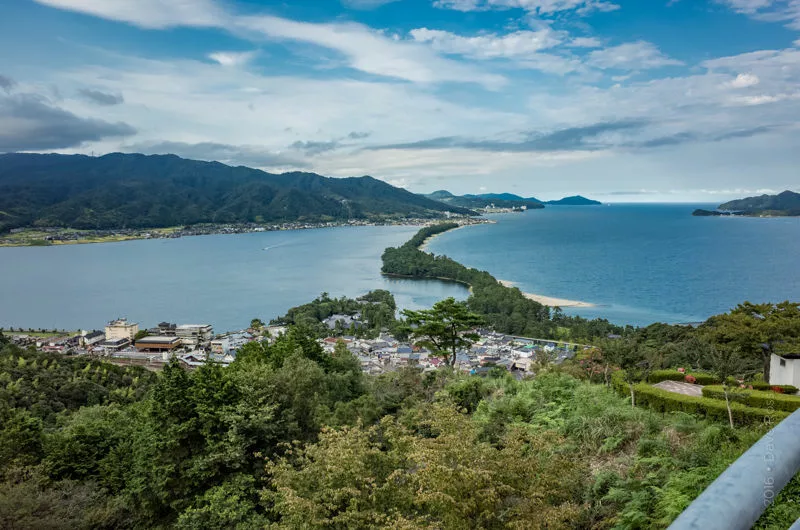
The entire train ride was about 2.5 hours from Kyoto to Amanohashidate with one change in Miyazu, which ended up being a one- or two-car train that was arriving at that station just when we began running for it from the other side of the tracks. We could see the conductor saw our effort and he smiled and waved. He would wait and we would continue our hustle with luggage in tow.

We booked two nights at Monjusou Ryokan, which looked kind of richly authentic in the typical wabi-sabi way of spareness and time working together to give it a from-another-era vibe. No TV, no snack fridge, nothing of the current or past century viewable from inside or outside our window. Some ikebana, one painting, a vase of some sort.
We were warmly greeted by two women in traditional kimonos who provided a brief introduction to the inn’s facilities — the onsen, the library, and the very quiet bar area. No post-war jazz playing in the background here. I think I saw one person reading a newspaper in the library at one point during our stay.
We were left to unpack and relax a bit admiring our green view near a canal that connects Miyazu Bay and the Aso Sea.
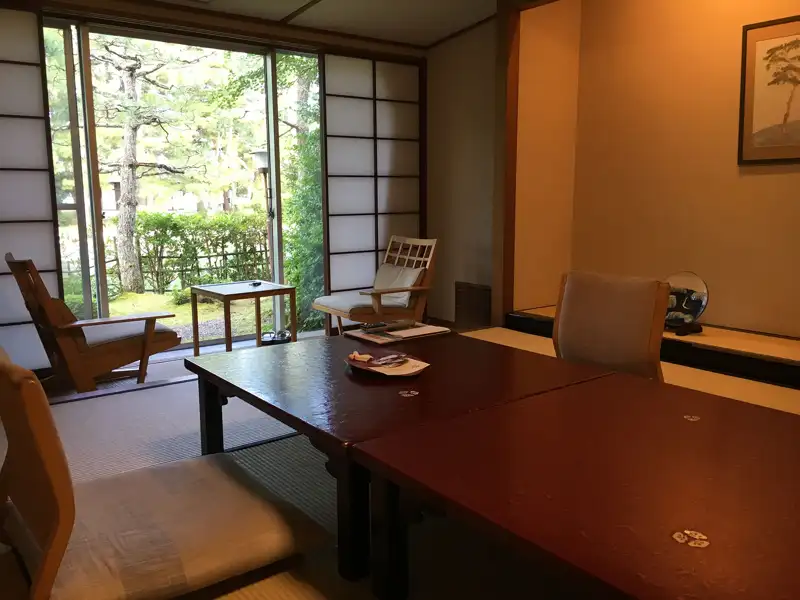
We then ventured out with our fellow travelers and decided to check out the rather beautiful bridge that connects to the isthmus. What is not immediately obvious is that this bridge is like a drawbridge to permit tourist ferries and other commercial vessels to get through. The bridge raises, then I assume pivots on that fatter cement pylon support on the right in the photo and swivels open.
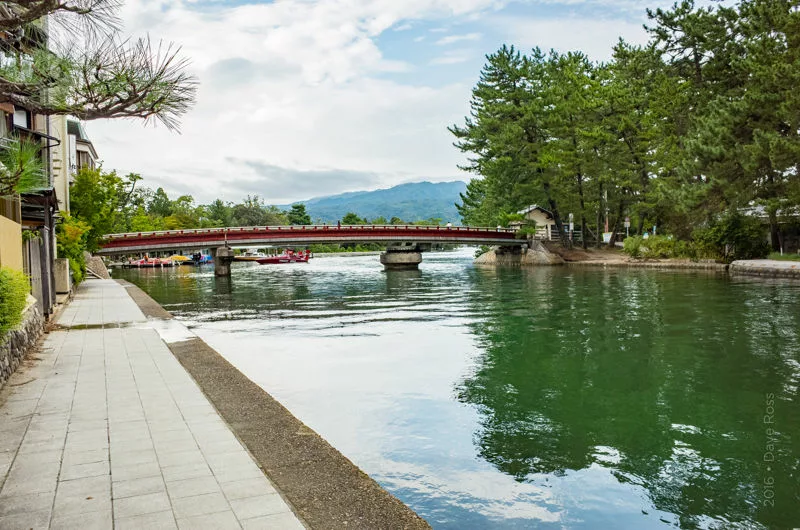
Once over the bridge, the pine trail we walked along stretched a 3.5km path to the other side. The fragrance of pine and the briney sea wafting on the wind was sharp and refreshing and continued to be so even as the day grew warmer.
On our way across I took a few photos that made me think how easily it would have been almost second nature to conceive of the #haiku form of poetry. Simple elegance to capture the immediacy and yet permanence of the moment. There is so much to feel and describe that putting limits on the syllables was highly sensible. Verbal bonsai.
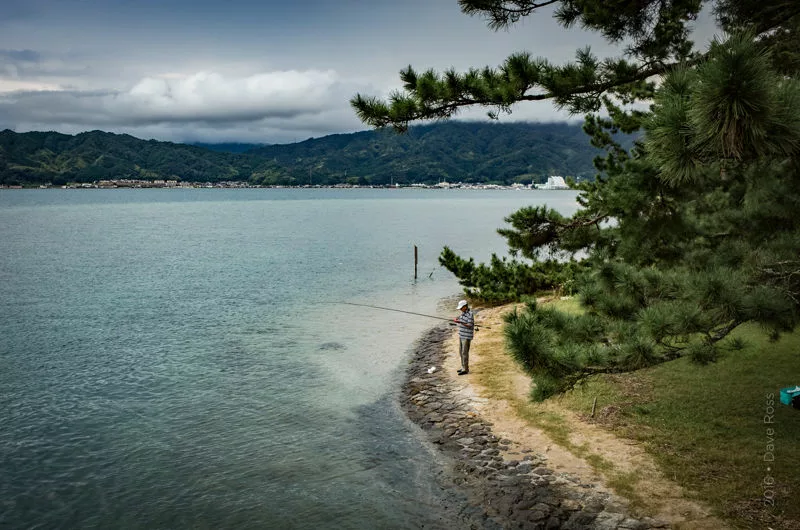

The pine-lined gravel path is about 3.5km long.
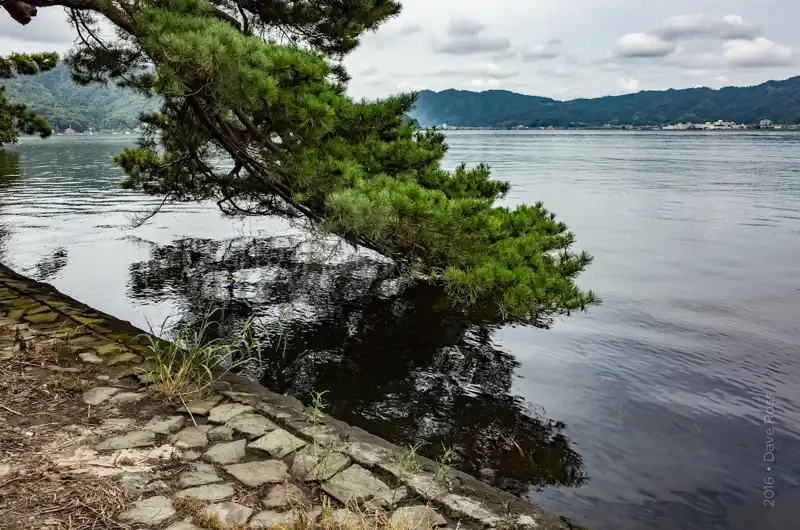
A single-person “ski lift” boosted us up the mountain to a viewing platform.
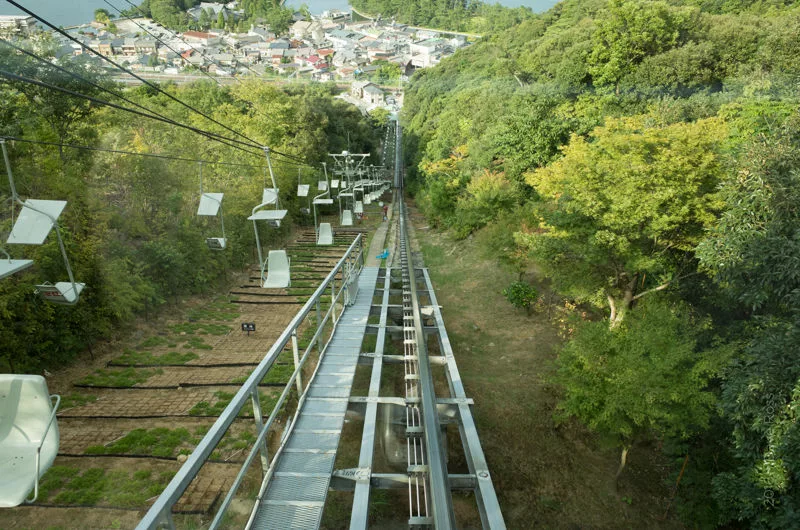
And we were rewarded from several different angles. The angle you are supposed to view from is upside down and through your legs, as the view supposed to look like a bridge ascending into the heavens. There are even special grab bars to help you keep steady as you assume the position so to speak. I didn’t see it, but appreciate the imaginative leap.
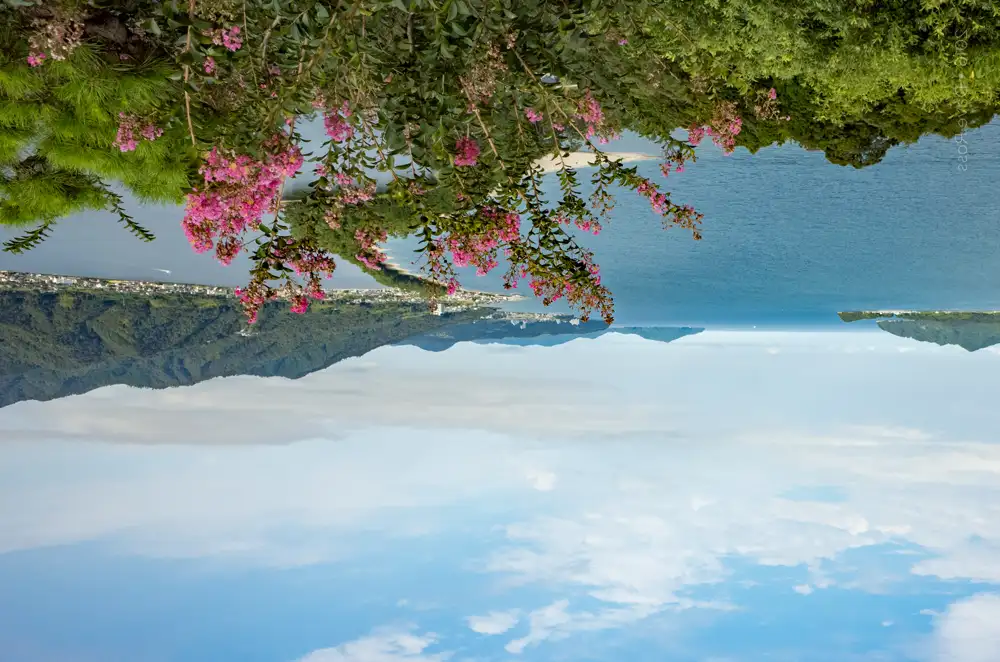
Following a long day of walking, snapping, and poking our noses about in some small and very silent shops we returned to our ryokan and washed and dressed for dinner. I alone in our group wore the robe and sandals provided by the staff, which were comfortable. Japanese people if I recall did the same, for the most part. Dressing details aside, we began receiving our kaiseki dinner, which is drawn out in a leisurely fashion, one plate presented and described at a time. Some of the dishes were even cooked or finished the cooking process at the table.
We partook in serving one another sake throughout the meal as per local custom.
Retiring to our room, we shifted the tables aside, unrolled two thin but soft mats over the tatami and enjoyed a nearly good night’s sleep. Still a bed and sofa guy at heart. And so ends day one in this kind of fairytale-like place, out of time, unhurried, and offline.
The following morning I donned the same dusky blue yakuta printed with simple wavey patterns and knocked on our friends’ door to see if they were awake. No answer, so we walked to the large contemporary dining hall (a definite addition to draw in more diners when the inn was only partially full). About 12 people were already enjoying breakfast, many with a glass of beer. Our friends were already at a table, so we joined them and in a few minutes were presented with giant trays of dishes, each dish was presented on beautiful ceramic dishes. The cuisine here was grown nearby or caught in nearby waters. A fragrant green tea went well with it. I only missed my morning coffee for a little while, as it would not have gone well with the fare.
